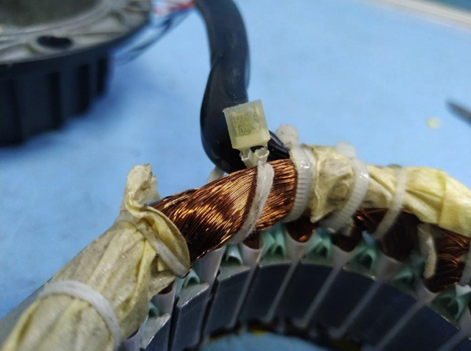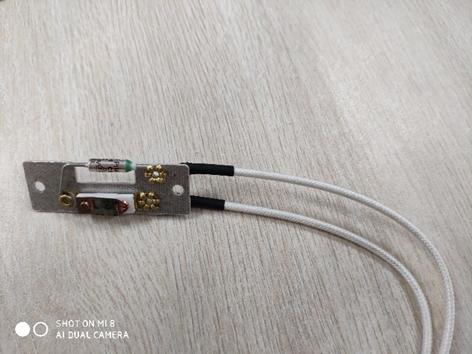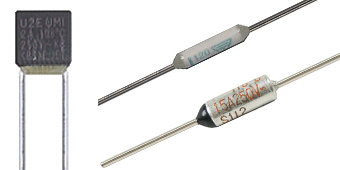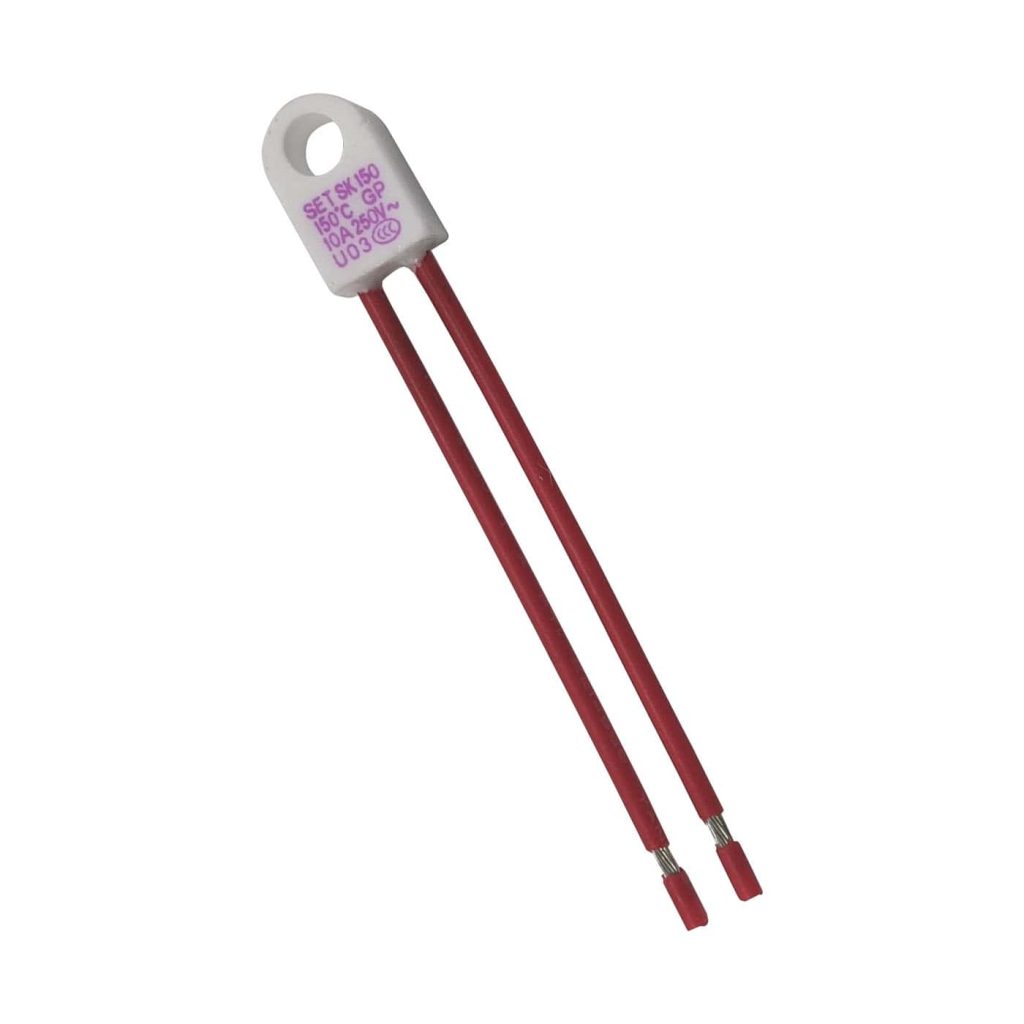Clause 3 – How to understand the definition of “thermal link”
thermal link: thermal cut-out which operates only once and requires partial or complete replacement
It is a temperature sensing device, but it can only be operated once, when the temperature is higher than its set value, it will disconnect, and after disconnection, the current can not pass through, so as to play the role of power failure. Once disconnected, it will not be like self-resetting thermal cut-out, due to the temperature drop and reset itself to connect to the power supply; can only be partially or complete replaced to connect to the original circuit.
In practice, this part is rarely replaced. Because thermal links are generally more securely fastened and difficult to replace, like they are used in motors. They are used in motors and in many heating appliances, such as electric water heaters, room heaters, etc. It is generally used as the ultimate means of thermal protection. Generally speaking, before it is actuated, a self-resetting thermal cut-out with a lower operating temperature is allowed to act first. If the self-resetting thermal cut-out does not eliminate the danger, the thermal link will completely cut off the circuit and keep the circuit continuously disconnected.
The following pictures show a thermal link in a motor and a thermal link in a room heater.




